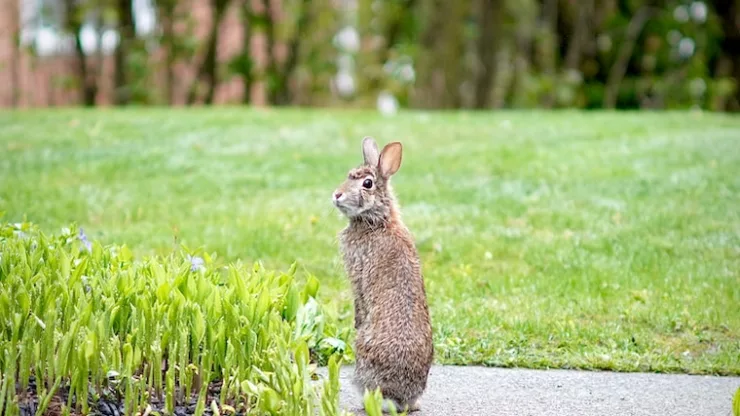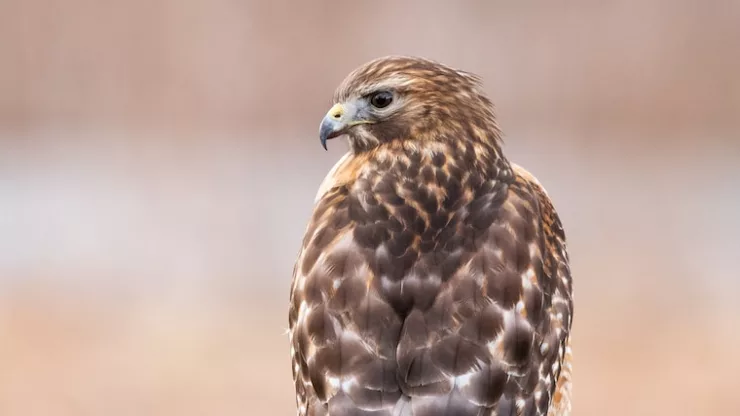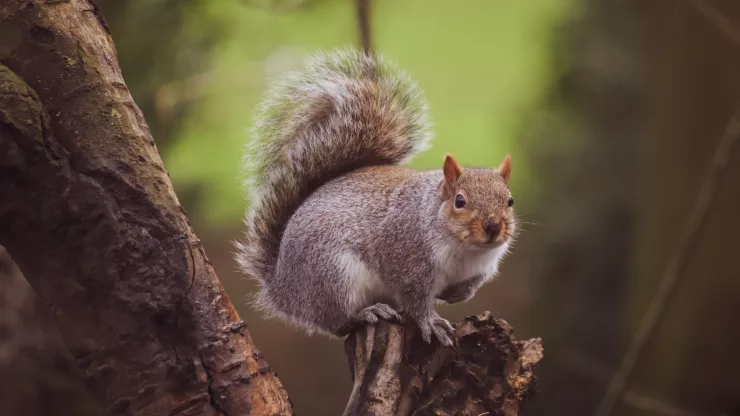Squirrels, with their bushy tails and acrobatic skills, are a common sight in many urban areas.
These little creatures have adapted well to the concrete jungle and can be found in parks, gardens, and even on the streets.
In this article, we will explore the world of urban squirrels and how they navigate the challenges of living in the city.
Jump to Section
Background Information
Squirrels are members of the rodent family and are known for their sharp teeth, agile movements, and bushy tails.
They are found in many parts of the world and are known for their ability to climb trees and forage for food.
There are many different species of squirrels, each with their own unique characteristics.
In urban areas, the most common species are the eastern gray squirrel and the fox squirrel.
The Urban Squirrel: An Overview
Characteristics of Urban Squirrels
Urban squirrels are similar in appearance to their rural counterparts, but they have developed certain traits to help them survive in the city.
They are usually smaller in size and have shorter tails than their rural counterparts.
They also tend to be more aggressive and less fearful of humans due to their exposure to urban environments.
Habitat of Urban Squirrels
Urban squirrels can be found in a variety of habitats, including parks, gardens, and city streets.
They build their nests in trees, attics, and other areas that provide shelter and protection from predators.
Behavior of Urban Squirrels
Urban squirrels are active during the day and sleep at night. They spend most of their time foraging for food and building their nests.
They are social animals and can often be seen playing and interacting with other squirrels.
Challenges of Navigating the Urban Jungle
Food Sources for Urban Squirrels
One of the biggest challenges for urban squirrels is finding food.
While there is no shortage of food in the city, much of it is not suitable for squirrels.
They rely on nuts, seeds, and fruits for their diet, but these can be hard to come by in urban areas.
Many squirrels have adapted to eating human food, such as pizza and french fries, but this can be harmful to their health.
Competition with Other Animals
Urban squirrels must also compete with other animals for food and shelter. They often have to share their habitat with birds, rats, and other rodents.
This can lead to increased competition and conflict.
Human Interactions
Humans also pose a threat to urban squirrels. They may accidentally harm squirrels while pruning trees or removing debris.
They may also intentionally harm squirrels through acts of violence or by feeding them inappropriate foods.
Survival Tactics: How Urban Squirrels Adapt
Physical Adaptations
Urban squirrels have developed certain physical adaptations to help them survive in the city.
Their smaller size and shorter tails make them more agile and able to navigate through tight spaces.
They also have stronger teeth and jaws, which help them break into hard-to-reach food sources.
Behavioral Adaptations
Urban squirrels have also developed certain behavioral adaptations. They are more aggressive and less fearful of humans, which helps them scavenge for food in public areas.
They have also learned to avoid areas where there is a high risk of danger, such as busy roads and construction sites.
Communication Techniques
Urban squirrels communicate with each other through a variety of vocalizations and body language.
They use chirps, clicks, and barks to warn each other of danger and to signal food sources.
They also use their tails to signal to other squirrels.
The Impact of Urbanization on Squirrel Populations
Population Changes Over Time
Urbanization has had a significant impact on squirrel populations. As cities have grown, so too have squirrel populations.
This has led to increased competition for food and shelter and has made it harder for squirrels to survive.
Factors Affecting Squirrel Populations
There are many factors that affect squirrel populations in urban areas. These include habitat loss, disease, and predation.
Humans also play a role in squirrel populations through their interactions with squirrels.
Future Implications
The future of urban squirrel populations is uncertain. As cities continue to grow, so too will the challenges facing squirrels.
It is important for humans to take steps to protect and preserve squirrel habitats to ensure their survival.
Coexisting with Urban Squirrels
Final Thoughts
Urban squirrels are fascinating creatures that have adapted well to life in the city.
While they can be a nuisance at times, they also play an important role in urban ecosystems.
By taking steps to coexist with urban squirrels, we can ensure their survival and protect the natural world around us.
Recommendations for Coexistence
| Tip | Description |
|---|---|
| Keep food indoors | Avoid leaving food outside to prevent squirrels from scavenging |
| Provide squirrel-friendly habitats | Plant trees and shrubs that provide food and shelter for squirrels |
| Avoid harming squirrels | Do not intentionally harm squirrels or feed them inappropriate foods |
| Build squirrel boxes | Provide nesting boxes for squirrels to help them find shelter |
| Educate others | Teach others about the importance of coexisting with urban wildlife |
FAQ
What do urban squirrels eat?
Urban squirrels eat nuts, seeds, and fruits.
They have also adapted to eating human food, such as pizza and french fries, but this can be harmful to their health.
Are urban squirrels dangerous?
Urban squirrels are not typically dangerous. They may bite or scratch if they feel threatened, but they do not carry diseases that are harmful to humans.
How can I protect my garden from squirrels?
You can protect your garden from squirrels by planting squirrel-resistant plants, using fencing or netting, and providing alternative food sources.
I’m a nature enthusiast and creator of Metro Wilds and have spent years exploring the great outdoors.
With a passion for environmental conservation and sustainability, I have dedicated my career to writing about the beauty and wonders of nature, as well as the threats facing our planet.
Contact me at [email protected] for assistance.





